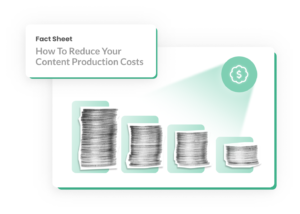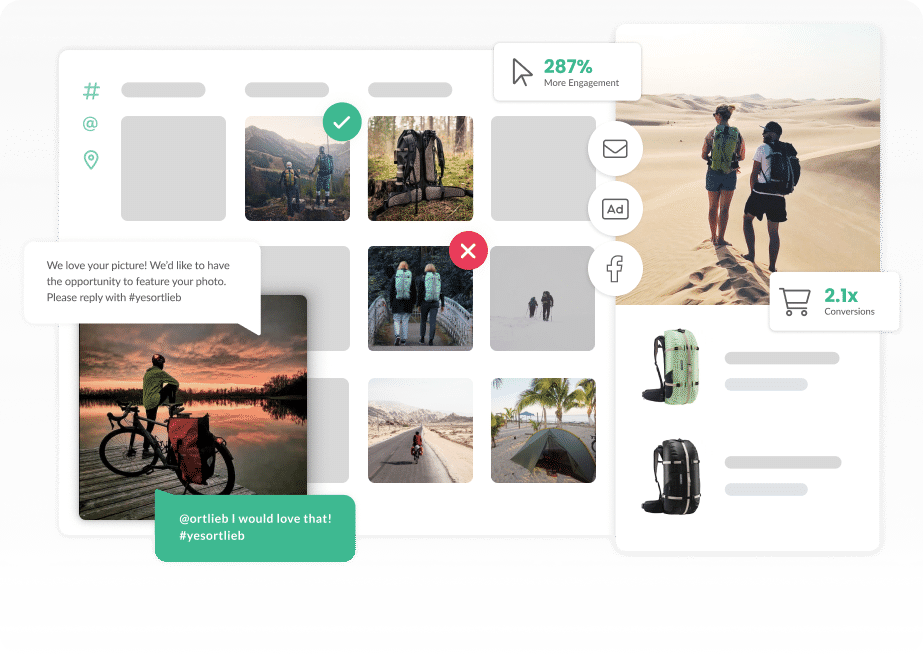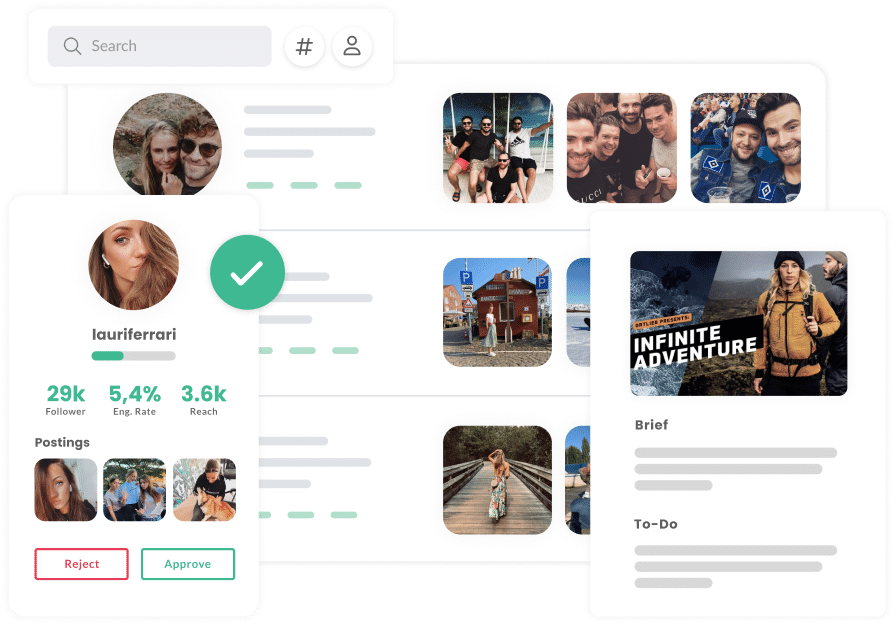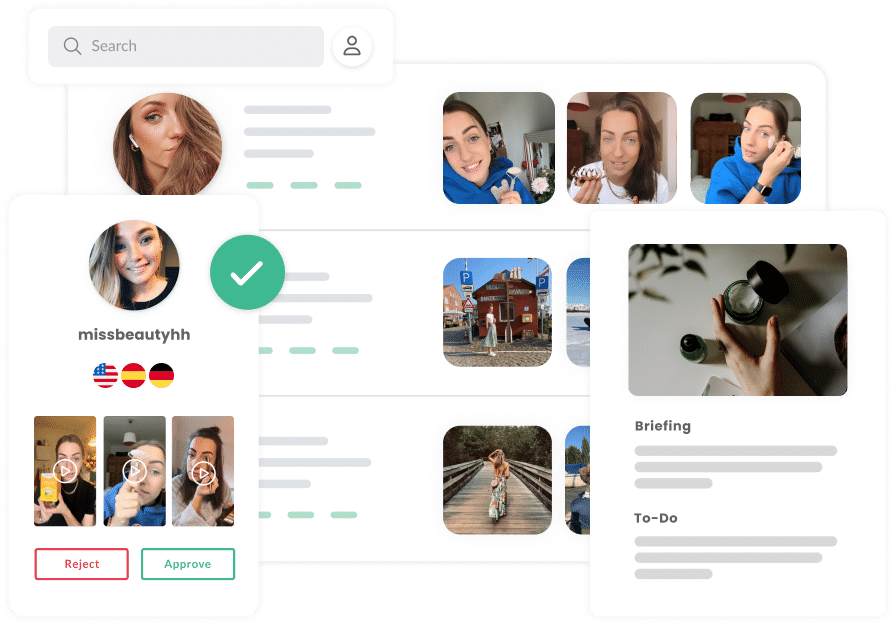Imagine you could read the unfiltered thoughts of your target group – their wishes, criticisms and emotions. This is exactly what social listening makes possible. In a world where 5.4 billion people will be active on social networks by 2025, this method will become a game changer for brands that want to increase their brand awareness and build real customer loyalty.
In this article, you will learn how to strategically integrate social listening into your influencer marketing strategy – from identifying relevant content creators to optimizing your campaigns in real time.
What is Social Listening – and why is it your secret Marketing Tool?
Social listening goes far beyond simply monitoring hashtags or brand mentions. It is the systematic process to:
- Deciphering the emotional intentions behind posts
- Analyze unfiltered opinions on social media platforms, blogs and forums
- Track industry trends and competitive activities in real time
67% of consumers expect brands to respond to social media comments within an hour. With social listening, you not only recognize crises early on, but also quickly identify viral content that is suitable for collaborations with influencers.

Lade dir jetzt unseren Fact Sheet herunter und erfahre, wie du im Handumdrehen die Contentproduktion für deine Marke optimierst und die Kosten reduzierst.
Three Methods for effective Social Listening
1. Basic vs. deep Listening: Choosing the right Depth of Analysis
- Basic social listening: superficial tracking of brand mentions and hashtags
- Deep Social Listening:
- Sentiment analysis to measure emotional resonance
- Cross-platform monitoring (incl. niche forums and review portals)
- Benchmarking against competitors
2. Using the right Tools
Modern social listening tools such as Brandwatch or Digimind combine AI-supported analyses with manual evaluation. Important features:
- Trend predictions through keyword clustering
- Influencer scoring by reach and engagement rate
- Automated alerts for crisis signals
3. Turning data into Action
Successful social listening does not end with analysis. Integration into your marketing processes is crucial:
- Align content strategies with frequently discussed pain points
- Campaign measurement through correlation of social mentions and sales data
- Employee advocacy through identification of internal expert knowledge
Four Strategies: How to use Social Listening in Influencer Marketing
1. Influencer Identification 2.0
Forget rigid follower numbers. With social listening, you can find content creators who:
- Serve relevant niche topics of your target group
- Have authentic conversations (instead of one-sided product placement)
- Generating a high level of commitment through thematic expertise
2. Content creation with a database
Use social listening data to give influencers specific briefings:
- Viral formats (e.g. challenges or memes) based on current trends
- Storytelling elements that address real customer problems
- UGC campaigns that prominently integrate community contributions
3. Real-time Optimization of Campaigns
Social listening enables dynamic campaign management:
- Ad pivoting: adapting messages to changing trends
- Crisis intervention: rapid response to negative sentiment
- A/B testing of influencer content based on live feedback
4. Measuring Success beyond classic KPIs
Supplement standardized metrics with qualitative assessments:
- Share of Voice vs. Competitors
- Emotional tonality (positive/negative/neutral)
- Co-creation rate (How often is the influencer content remixed?)
Content Creator as a Social Listening Amplifier
Influencers are not just channels for your messages – they are active sensors for brand perception:
- Early warning system: micro-influencers recognize niche trends before mainstream media
- Feedback loop: direct customer reactions to influencer posts provide raw data for product development
- Community building: long-term partnerships create trustworthy brand ambassadors
Pro tip: Actively integrate influencers into your listening strategy – for example through exclusive access to social listening dashboards or joint workshops on trend interpretation.
Conclusion: From Listening to Acting
Social listening is not a passive monitoring process, but the active lever to optimize your influencer marketing strategy in a data-driven way. By:
- Identify real customer needs
- Selecting a content creator strategically
- Design agile campaigns
you transform social media conversations into concrete business results. Increasing brand awareness becomes a natural side effect of a strategy that is based on authentic resonance rather than pure reach.










